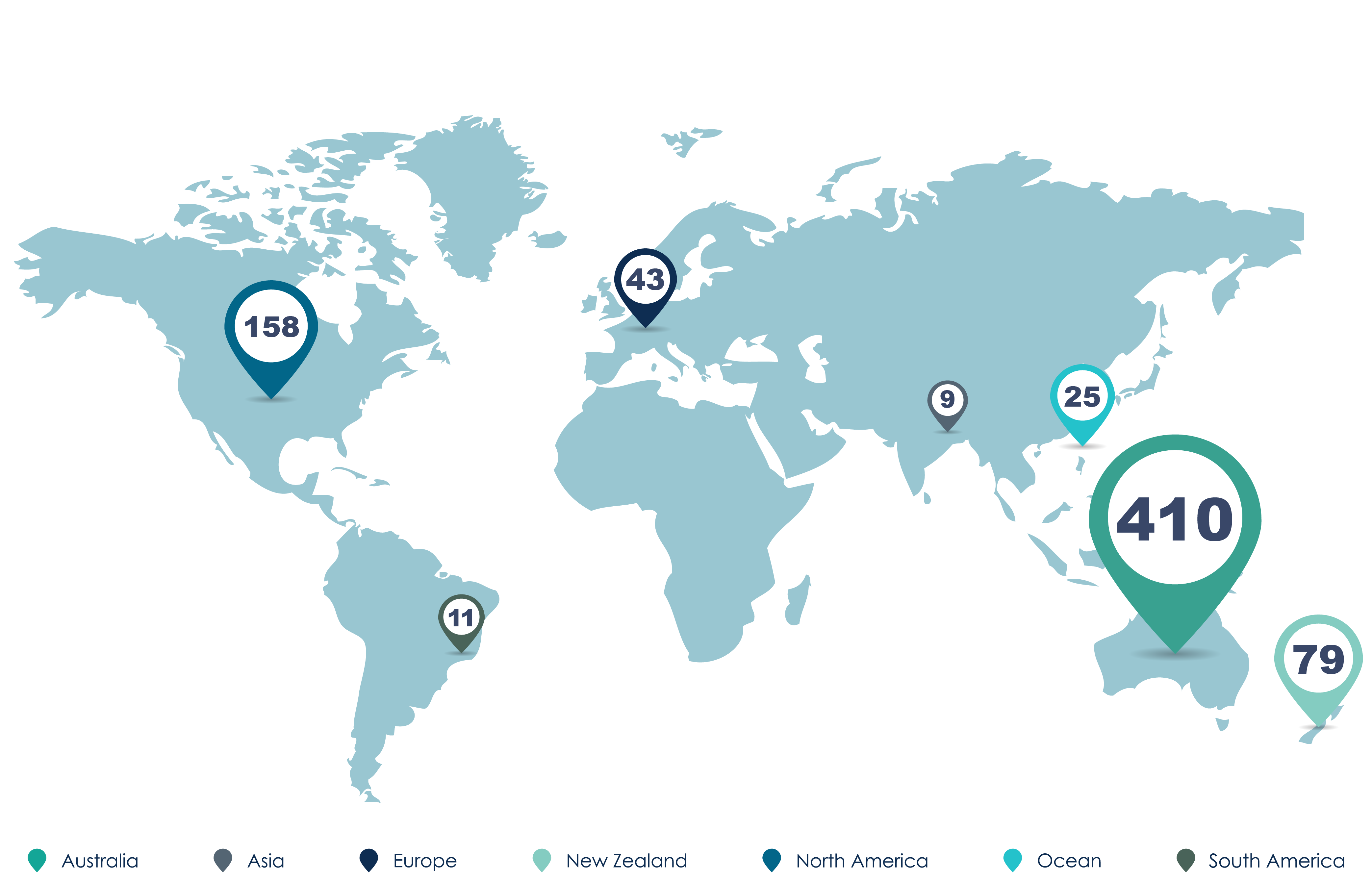Increased understanding leads to
improved safety and more efficient waterways
Increased understanding leads to improved safety & more efficient waterways
Full-scale ship motion studies quantify actual vessel motions directly. They are essential in the validation of the numerical ship motion model on which underkeel clearance (UKC) requirements are based.
How do we do it?
DGPS
Since 1997 OMC has pioneered the use of high accuracy Differential GPS (DGPS) systems in the measurement of vessel motions, including squat, heel, heave, roll and pitch.
By placing three DGPS receivers on the vessel, horizontal and vertical vessel motions and the location of the keel relative to the seabed can be determined to centimetre accuracy.
iHeave®
Where wave response (heave, roll and pitch) is the primary concern, OMC’s award-winning iHeave can be deployed. iHeave® is a simple to use and fully self-contained Inertial Measurement Unit (IMU) device with a custom assembly designed and built by OMC.
iHeave® can be mounted inside the bridge of a vessel by a pilot or port personnel with minimal effort. This device requires no additional cabling or connections on board.
Ship Motion Studies can:
- Provide accurate measurements of wave response, squat, and dynamic trim and heel
- Deliver detailed answers on the actual UKC of vessels in depth restricted waterways
- Validate the safety of a UKC regime, whether it be a static rule or dynamic regime
- Measure how passing vessels, waves, wind or currents impact on mooring line forces
- Provide displacements, velocities and accelerations for any point on or within the ship, which can be used to determine the forces such as liquefaction on cargo at sea
OMC has developed and validated the innovative hardware and data processing techniques to allow accurate measurements in the most demanding conditions.
Data collected is analysed to isolate wave response motions, squat, trim and heel. Combining these data with high resolution bathymetric data, tidal planes, and resolving for geoid-ellipsoid separations allows the determination of the UKC to centimetre accuracy for the particular transit.
OMC has carried out measurements on more than 730 vessels throughout Australia, New Zealand, Asia, Europe and the USA. These have included all major vessel types with varying depth/draft ratios, stability characteristics and speeds. The measurements have been performed in ports, rivers, waterways and the open ocean, in both swell exposed and protected environments.
Vessel Motion Measurements undertaken by OMC have enabled many ports to safely increase the size and drafts of the vessels they can accept. Some examples include record vessels at the Port of Melbourne, Port of Geelong and the Spencer Gulf. Backed by the comprehensive analysis performed by OMC, the Australian Maritime Safety Authority (AMSA) has provided an exemption for Rio Tinto vessels to increase the long-held maximum draft through Torres Strait from 12.2m to 12.5m.
